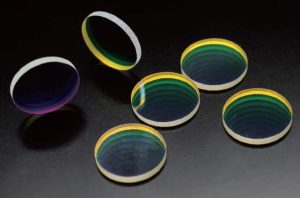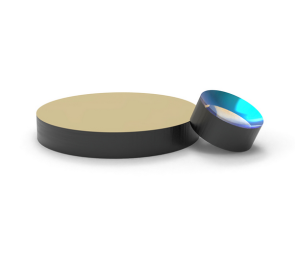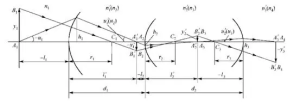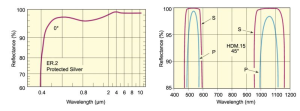A filter is an optical element used to select the desired radiation band, which absorbs certain wavelengths, making the object darker. These are flat glass or gelatin sheets of various colors, with a transmission bandwidth of hundreds of angstroms. They are often used in broadband photometry or installed in a spectrograph to isolate overlapping spectral levels. Its main feature is that the dimensions can be made quite large.
The filter is made of plastic or glass and added with special dyes, while the red filter can only allow red light to pass through, and so on. The transmittance of glass sheets was originally similar to that of air, and all colored light can pass through, making them transparent. However, after dyeing with dyes, the molecular structure changes, and the refractive index also changes, resulting in changes in the passage of certain colored light.
A filter is an optical element that can attenuate the intensity of light and change the spectral composition, used to select the desired radiation band. One common characteristic is that no filter can make the image of celestial bodies brighter, because it absorbs certain wavelengths, making objects darker. The products can be applied to laser pens, stage lighting, photoelectric displays, biomedical instruments, medical beauty instruments, optoelectronic instruments and devices, fingerprint recognition, biometrics, security monitoring cameras, and related fields, as well as iris recognition, cash detector, and kitchen sensor systems.
It is generally divided into two categories:
1. Color, which is a variety of colors of flat glass or gelatin sheets, with a transmission bandwidth of hundreds of angstroms. It is often used in broadband photometry or installed in a stellar spectrograph to isolate overlapping spectral levels. Its main feature is that the dimensions can be made quite large.
2. Thin films can also be divided into thin film absorption and thin film interference.
The former is to chemically etch the absorption line onto a specific material substrate to precisely locate it at the desired wavelength. Generally, the transmission wavelength is longer, and it is often used as an infrared filter.
The latter is formed by alternately forming a metal dielectric metal film or an all dielectric film with a certain thickness and high or low refractive index on a certain substrate using a vacuum coating method. The selection of the material, thickness, and series connection mode of the film layer depends on the required center wavelength and transmission bandwidth λ determine.




